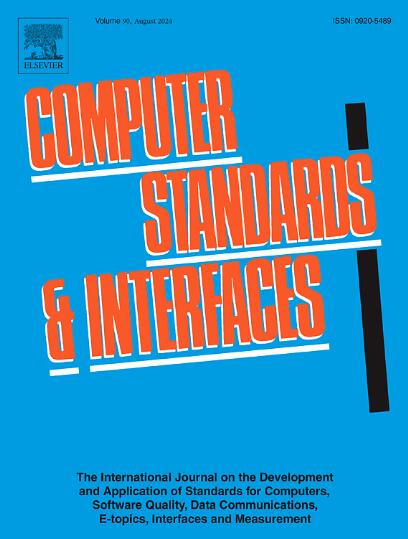A smart virtual keyboard to improve communication of locked-in patients
IF 3.1
2区 计算机科学
Q1 COMPUTER SCIENCE, HARDWARE & ARCHITECTURE
引用次数: 0
Abstract
Over the last decade, thanks to advances in sensor technology, imaging, and data analytics, the use of AI-based medical devices has seen an exponential increase, with massive adoption by hospitals and specialized laboratories. Among support devices for patients with limited or no residual mobility, and unable to interact to express their basic needs, artificial intelligence technologies offer promising solutions for augmentative and alternative communication (AAC), necessary for people with speech disorders, language impairment, and autism. This paper focuses on the development of a smart virtual keyboard for patients with reduced communication capabilities — specifically improving the AAC BrainControl Interface device, which uses an EEG helmet to detect users’ brain activity — to help them interact with the outside world. By leveraging machine learning techniques for language generation, particularly using recurrent networks and large language models, it is possible to accurately predict user intent and improve their typing experience. Experimental results show the average number of interactions reduced by a factor of 2.66 compared to the original sequential key scanning method, which is extremely significant for locked-in patients.
一种智能虚拟键盘,改善闭锁患者的交流
在过去十年中,由于传感器技术、成像和数据分析的进步,基于人工智能的医疗设备的使用呈指数级增长,医院和专业实验室大量采用。在为行动能力有限或没有剩余行动能力、无法互动表达基本需求的患者提供的支持设备中,人工智能技术为增强和替代沟通(AAC)提供了有希望的解决方案,这对言语障碍、语言障碍和自闭症患者是必要的。本文的重点是为通信能力下降的患者开发一种智能虚拟键盘,特别是改进AAC脑控接口设备,该设备使用脑电图头盔来检测用户的大脑活动,帮助他们与外界互动。通过利用机器学习技术进行语言生成,特别是使用循环网络和大型语言模型,可以准确预测用户意图并改善他们的打字体验。实验结果表明,与原来的顺序密钥扫描方法相比,平均交互次数减少了2.66倍,这对于闭锁患者来说是非常显著的。
本文章由计算机程序翻译,如有差异,请以英文原文为准。
求助全文
约1分钟内获得全文
求助全文
来源期刊

Computer Standards & Interfaces
工程技术-计算机:软件工程
CiteScore
11.90
自引率
16.00%
发文量
67
审稿时长
6 months
期刊介绍:
The quality of software, well-defined interfaces (hardware and software), the process of digitalisation, and accepted standards in these fields are essential for building and exploiting complex computing, communication, multimedia and measuring systems. Standards can simplify the design and construction of individual hardware and software components and help to ensure satisfactory interworking.
Computer Standards & Interfaces is an international journal dealing specifically with these topics.
The journal
• Provides information about activities and progress on the definition of computer standards, software quality, interfaces and methods, at national, European and international levels
• Publishes critical comments on standards and standards activities
• Disseminates user''s experiences and case studies in the application and exploitation of established or emerging standards, interfaces and methods
• Offers a forum for discussion on actual projects, standards, interfaces and methods by recognised experts
• Stimulates relevant research by providing a specialised refereed medium.
 求助内容:
求助内容: 应助结果提醒方式:
应助结果提醒方式:


